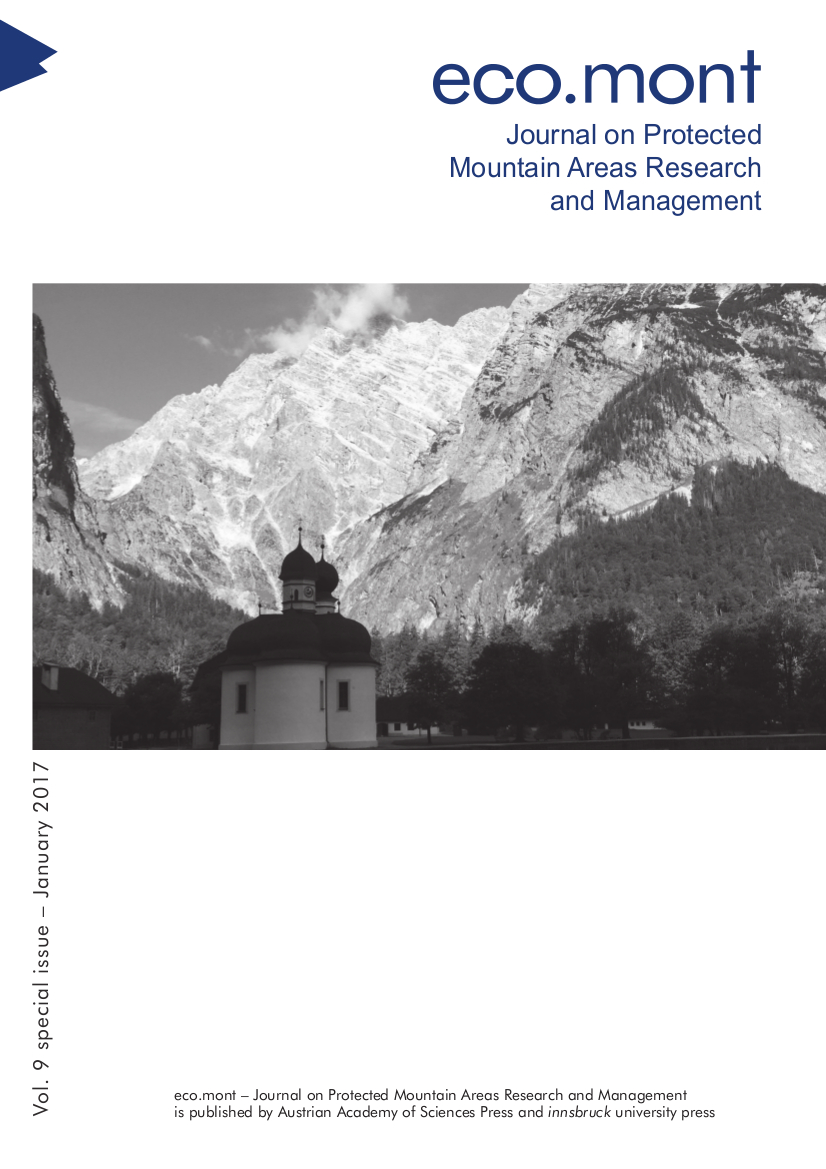
Eco.mont Vol. 9 special issue, pp. 17-28, 2017/01/13
Journal on Protected Mountain Areas Research and Management

The history of national parks in Austria, Germany and Switzerland reaches back to the late 19th century. Based on a historic content analysis (ATLAS.ti), this study investigates the different conservation concepts through the example of tourism in charismatic parks in the Alps, such as Swiss National Park, Berchtesgaden National Park and Hohe Tauern National Park. A conception is considered a particular co-occurrence of protagonists, perceived threats, desired conservation goals and instruments applied. Analysing these co-occurrences sheds light on relations between historic milestones in nature conservation and the broader context of debates, changes and developments in society. Such an analysis reveals recurring archetypical conservation narratives and, in the context of tourism, allows identifying six different conceptions to better compare and understand the developments these parks have gone through: 1) fundamental antagonism, 2) selective antagonism, 3) opportunistic co-operation, 4) opportunistic appropriation, 5) co-operative development, and 6) integrative development. The parks’ histories differ greatly, but nowadays the conception of integrative development appears to be generally acknowledged.
Keywords: Alps, conservation history, eco-tourism, parks, protected areas